In the Draft Political Report submitted to the 14th National Congress of the Party, the goal of comprehensive human development and building a high-quality workforce continues to be affirmed as one of the three strategic breakthroughs. However, to achieve this goal, Vietnam needs a national education system framework that is consistent with the trend of openness, interconnectedness, and international integration.
In reality, after more than 10 years of implementing Resolution 29-NQ/TW on fundamental and comprehensive reform of education and training, Vietnam's national education system still reveals many shortcomings. The structure of educational levels and training qualifications is not unified, lacks interconnectedness, limits people's ability to learn throughout their lives, and hinders the building of a learning society.
From a professional perspective, I believe this is the time to boldly restructure the national education system, not only to suit domestic conditions but also to align with international standards, aiming for a human-centered approach to sustainable development.
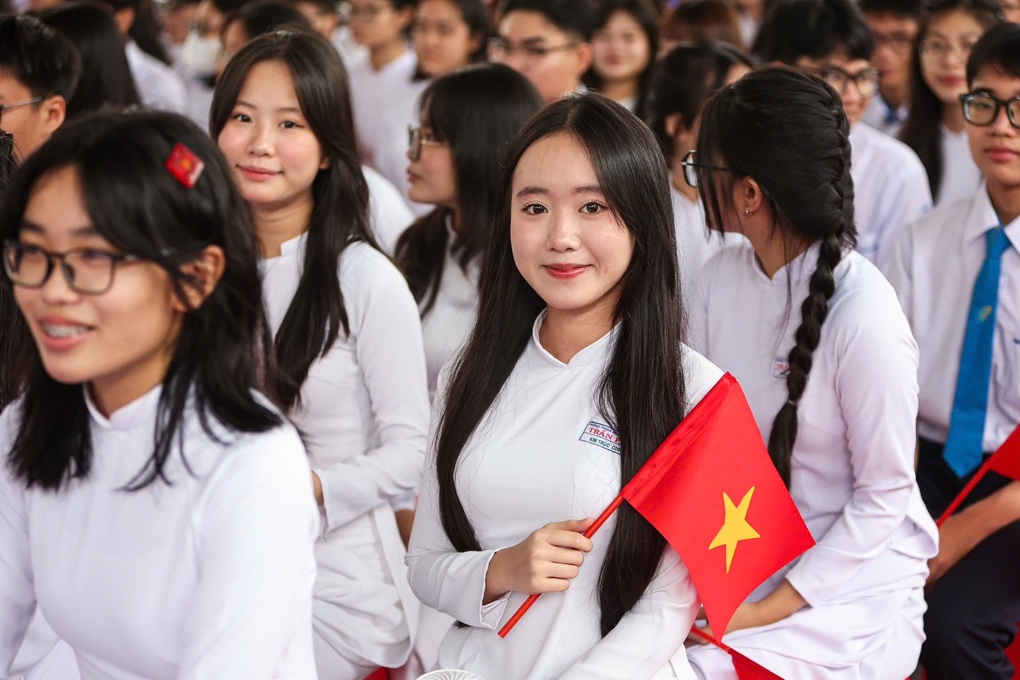
Opening ceremony of the new school year at Tran Phu High School, Ho Chi Minh City (Photo: Khoa Nguyen).
The current system is closed and lacks interconnectedness.
The current structure of Vietnam's education system is regulated by three laws: the Education Law, the Vocational Education Law, and the Higher Education Law. However, there are still divisions and overlaps between these three components.
The entire system lacks consistency to form an open education system because the Vocational Education and Training (VET) sector is separated. Since it is not a distinct educational level, it cannot be considered above secondary education and below higher education. Even within this sector, there is no real articulation between the elementary, intermediate, and advanced levels. The VET Law stipulates that to be eligible for college admission, candidates must simultaneously possess both an intermediate-level diploma and a high school diploma.
Transitioning from college to university is even more challenging due to differences in educational standards and curriculum structure, as regulated by two different government agencies.
According to the UNESCO International Classification of Education (ISCED 2011), the current primary and secondary levels do not correspond to any level of ISCED 2011.
For example, at the intermediate level, depending on the learner's entry-level educational background, if they have graduated from lower secondary school, they will only achieve level 2/3 of ISCED (due to the short training time), while if they have graduated from upper secondary school, they will have achieved level 4 of ISCED. However, according to the Vocational Education Law, both groups of learners are considered to have the same qualification level.
Furthermore, ISCED 2011 stipulates that college-level qualifications must belong to higher education, whereas according to the Vocational Education Law, college-level qualifications are not considered part of higher education.
Based on the above reality, the streaming of students after lower secondary school is a dead end because students have no direction for further education.
Most students strive to get into high school in order to take the university entrance exam, or at least college. If they cannot get into high school, their opportunities for further education are limited – which goes against the spirit of "lifelong learning" as outlined in Resolution 29.
Towards an open, flexible, and inclusive education system.
To overcome the aforementioned shortcomings, it is necessary to establish an open, interconnected, and unified national education system, encompassing levels of education and training arranged logically and in accordance with international practices.
The fundamental principle of this system is streaming but not "closing off": learners in any direction—academic or professional—have the opportunity to continue their education to a higher level if they are capable. All learning paths lead to equal opportunities for development.
Specifically, after lower secondary school, students can choose between two paths: upper secondary school or vocational high school.
The high school stream primarily provides a source of recruitment for colleges and universities. The vocational high school stream mainly supplies the workforce for the labor market, with a significant portion also serving as a source of recruitment for practical colleges and subsequently applied universities. Initially, it is projected that the high school stream will account for no more than 50%, and the vocational high school stream will account for over 30% of the total number of students graduating from lower secondary school.
Similarly, after high school, students have two paths: research/academic universities (4-6 years) and applied/practical/professional universities, including vocational colleges (3 years) and applied universities (4 years).
Meanwhile, the design time for students transitioning from vocational high school to practical college is only 2 years, and from practical college to applied university is also 2 years. This is a very common solution in many countries to encourage students after lower secondary school to voluntarily pursue vocational high school. In some countries, the ratio of students to vocational high school can reach 30:70.
This system will help diversify the workforce and meet the demands of the digital economy , where practical and creative skills are equally important. More importantly, it ensures opportunities for lifelong learning – a core principle of all advanced education systems.
International experience shows that developed countries design open education systems with multiple entry and exit points. Students can return to school to continue their studies at any time, accumulate credits, and easily switch careers. Vietnam needs to learn from this spirit, not just copy the model, but develop a flexible, systems-based thinking approach that is relevant to its own realities.
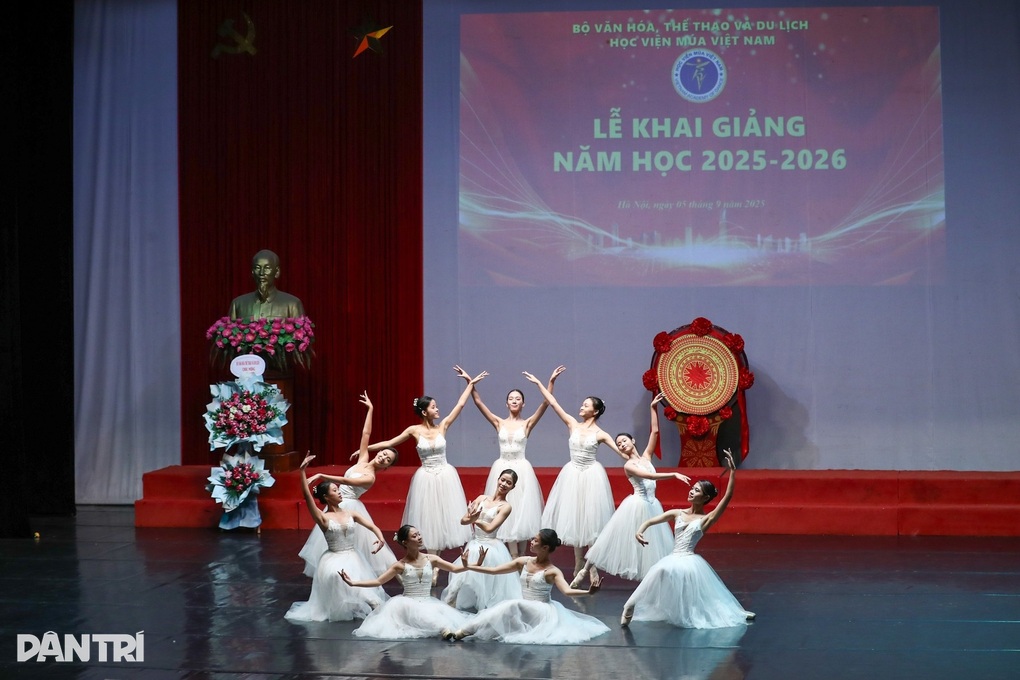
A national education system that is open, interconnected, and unified, in line with international practices, needs to be established (Photo: Do Minh Quan).
Proposals for improving education policies and unifying education management.
To realize the direction outlined in the Draft Document of the 14th National Congress, I would like to propose the following key solutions:
Firstly, there is a need to unify the management of national education. Separating vocational education from the general system has caused fragmentation and reduced the effectiveness of the national human resource strategy. All levels, from preschool to postgraduate, should be managed uniformly by a single agency, the Ministry of Education and Training, to ensure consistency in policies, learning outcomes, and quality stratification.
Secondly, it is necessary to implement a decentralized management mechanism for education and training for localities and educational institutions (regarding professions, curriculum content, educational institution network, etc.), closely following the economic restructuring and socio-economic development strategy of each region, as well as at the national level.
Thirdly, it is necessary to redesign the national education system's structural framework to align with the ISCED 2011 standards, ensuring compatibility and mutual recognition at the regional and international levels. This will lead to more transparent and effective recognition of diplomas, credits, and the transfer of qualifications between levels.
Fourth, it is necessary to reorganize the system of high schools, vocational secondary schools, vocational training centers, and vocational training institutions at the local level to form two basic types of schools: high schools and vocational/technical high schools.
Fifth, vocational education needs to be strongly encouraged through preferential policies on tuition fees, scholarships, and job opportunities. Society must understand that vocational training is no less valuable than university education. To achieve this, conditions must be created to enable vocational trainees to continue their education at a higher level, becoming technicians, applied engineers, or technology experts.
Finally, it is necessary to promote academic, financial, and organizational autonomy for higher education institutions, coupled with transparent accountability. Only when universities are truly autonomous will education be innovative and responsive to societal needs.
An open, interconnected, internationally integrated, and people-centered national education system is not only a requirement of the education sector, but also a prerequisite for Vietnam to achieve its development aspirations by 2045.
If we don't change the way the system is organized soon, we will continue to witness a human resource imbalance, a disconnect between training and employment, and falling behind in global competition. Conversely, if we design a rational structure where all citizens have the opportunity for lifelong learning, that will be the most fundamental, sustainable, and humane reform for Vietnam's education system.
Ultimately, educational reform is not just about reforming curricula or teaching methods, but first and foremost about reforming the mindset regarding the learning system and path for Vietnamese people in the 21st century.
Dr. Le Viet Khuyen – Former Deputy Director of the Department of Higher Education, Ministry of Education and Training
Source: https://dantri.com.vn/giao-duc/can-to-chuc-lai-khung-co-cau-he-thong-giao-duc-quoc-dan-trong-giai-doan-moi-20251030192059077.htm


![[Image] Leaked images ahead of the 2025 Community Action Awards gala.](/_next/image?url=https%3A%2F%2Fvphoto.vietnam.vn%2Fthumb%2F1200x675%2Fvietnam%2Fresource%2FIMAGE%2F2025%2F12%2F16%2F1765882828720_ndo_br_thiet-ke-chua-co-ten-45-png.webp&w=3840&q=75)

![[Photo] Prime Minister Pham Minh Chinh receives Lao Minister of Education and Sports Thongsalith Mangnormek](/_next/image?url=https%3A%2F%2Fvphoto.vietnam.vn%2Fthumb%2F1200x675%2Fvietnam%2Fresource%2FIMAGE%2F2025%2F12%2F16%2F1765876834721_dsc-7519-jpg.webp&w=3840&q=75)
![[Photo] Prime Minister Pham Minh Chinh receives the Governor of Tochigi Province (Japan)](/_next/image?url=https%3A%2F%2Fvphoto.vietnam.vn%2Fthumb%2F1200x675%2Fvietnam%2Fresource%2FIMAGE%2F2025%2F12%2F16%2F1765892133176_dsc-8082-6425-jpg.webp&w=3840&q=75)
![[Live] 2025 Community Action Awards Gala](/_next/image?url=https%3A%2F%2Fvphoto.vietnam.vn%2Fthumb%2F1200x675%2Fvietnam%2Fresource%2FIMAGE%2F2025%2F12%2F16%2F1765899631650_ndo_tr_z7334013144784-9f9fe10a6d63584c85aff40f2957c250-jpg.webp&w=3840&q=75)

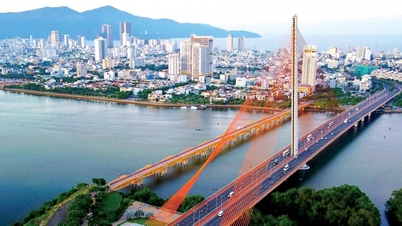





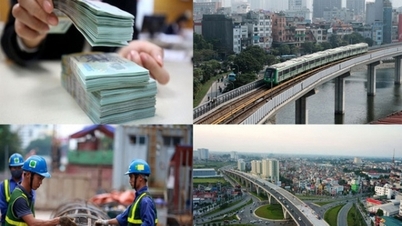
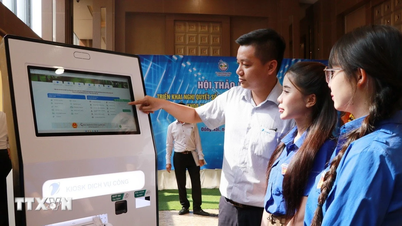






























































































Comment (0)